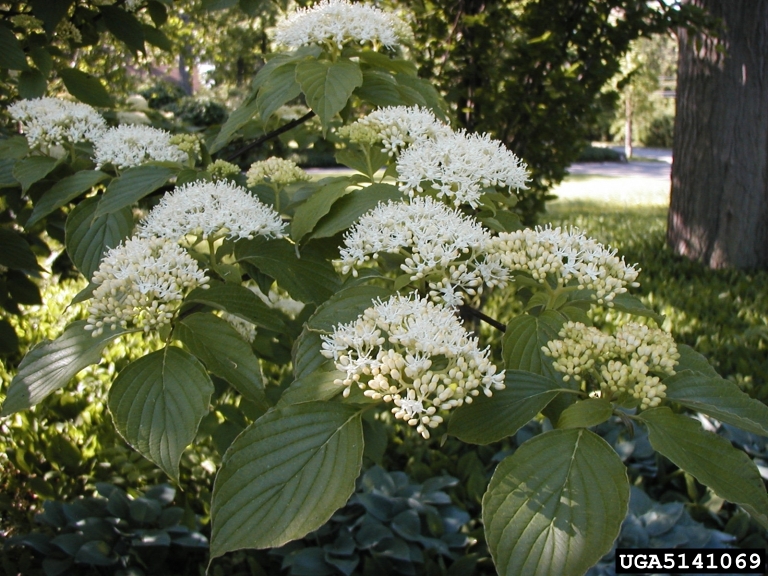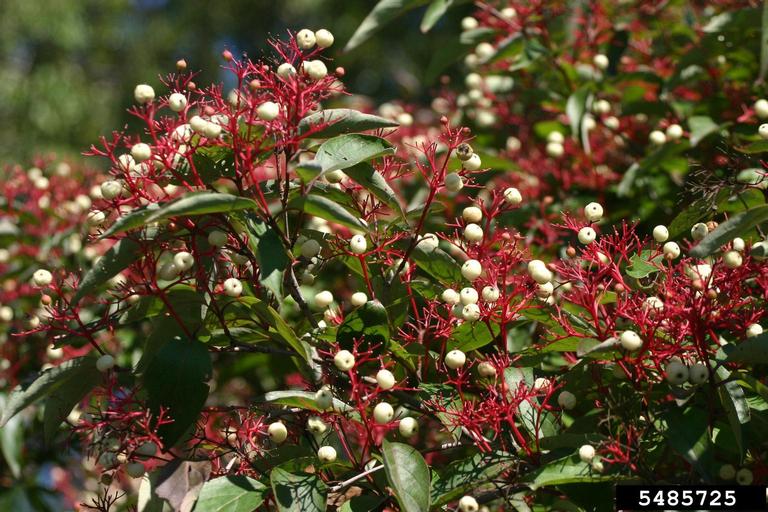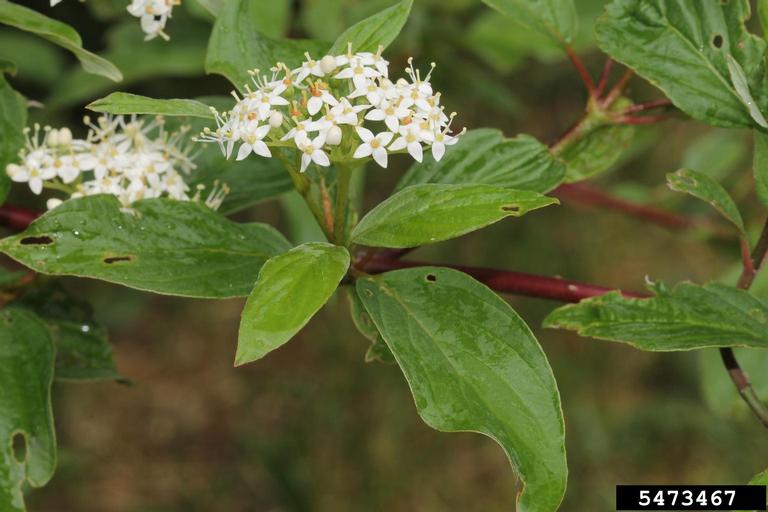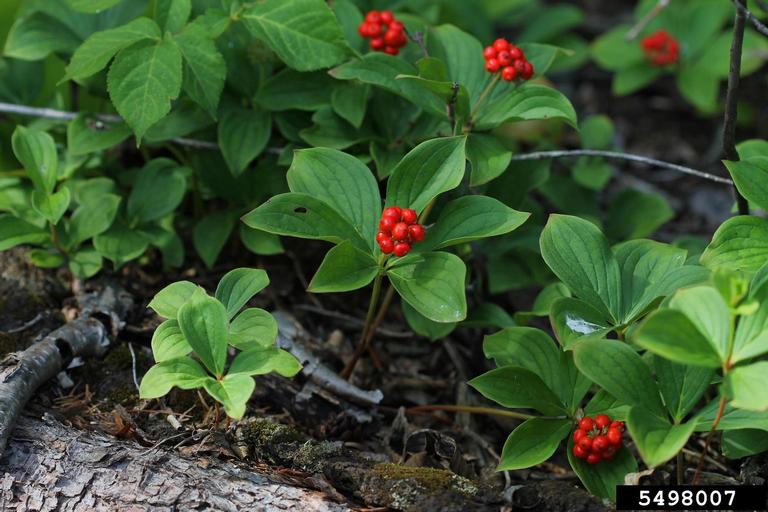Bark to bloom: Michigan’s native dogwoods
There is a dogwood for almost every garden.

The Dogwood family is an exciting collection of trees and shrubs that can be found around the world. They are often used as ornamental specimens in gardens and landscaping. Depending on who you ask, there are as many as eight species native to Michigan. Each has its own range of distribution. This means that it can be native to Michigan but not your specific region of Michigan. When you think of dogwood, you might think of the flowering dogwood because of its showy blooms or the East Asian kousa dogwood because of its large red fruit.
It’s easy to forget about the native species we have and their importance for supporting wildlife. All of Michigan’s native dogwoods are essential food sources for birds. The fruits, called drupes, are rich in carbohydrates and fat that provide energy to birds migrating south during the autumn months. A few of the dogwood species are also host to the spring azure (Celastrina ladon) butterfly, a small, blue butterfly commonly found in woodland areas.
Here are five fun dogwoods that are native to Michigan.
Flowering dogwood (Cornus florida)
Since we already mentioned it, let’s start with the flowering dogwood. It is the most recognizable native dogwood tree in the United States. Despite the name Cornus florida, it can be found from Maine to Florida and west beyond the Mississippi. It prefers more acidic, well-drained soils. These trees are often small and can be multi-trunked. Its red fruit is ornamental and loved by birds and other wildlife. They are available in most nurseries and garden centers, including varieties with pink flowers. Some varieties and cultivars of this plant may not be hardy in Michigan, especially in northern regions. Keep this in mind when purchasing plants.

Alternate-leaved dogwood (Cornus alternifolia)
Alternate-leaved dogwood is sometimes also referred to as pagoda dogwood. In its native habitat, it grows as an understory tree or shrub along the edge of forests. When mature, it is often a single-stemmed shrub or small tree. Both common names reference its branching habit, growing evenly spaced, horizontal limbs, with leaves alternating on stems or at growth tips. In late spring, this dogwood is decorated with clusters of small white flowers at the tips of the branches. By late summer, showy blue drupes form. Leaves turn purple red in the fall.

Gray dogwood (Cornus racemosa)
Gray dogwood is a shrub that forms colonies through its rhizomatous and suckering habit. While not often grown as an ornamental, it has some excellent qualities that shouldn’t be ignored. It is a rapid grower that can establish quickly. Because of its root structure and colony-forming growth habit, it can be used as a screen or informal hedge and to help limit soil erosion. These colonies can also form a shelter for wildlife. Its preferred location has moist soil, but it can happily survive in drier locations once established. Young stems have a bright red appearance but turn gray as the stems age. It has clusters of small ivory-white to bluish colored fruits borne on bright pink-red stalks, which persist into autumn. While it’s uncommon to find this plant in garden centers, it can be found at specialty native plant nurseries.

Red osier (Cornus sericea)
Red osier, or redstem dogwood, is another beautiful shrub dogwood that forms colonies. You can tell from the name that it has bright red stems. These are excellent, eye-catching plants in the winter after the foliage has fallen away. Much like gray dogwood, the stems of red osier will lose their color as they age. You will occasionally want to remove older branches so that they are replaced by newer growth. This will ensure that you always have young, brightly colored stems. Garden centers and nurseries often sell this plant, as well as cultivars that have yellow stems. Alternating these yellow-stemmed and red-stemmed plants can be quite a visual statement. It thrives in soils with average moisture, as well as in wetlands.

Bunchberry (Cornus canadensis)
Bunchberry is one of Michigan’s less common species. Unlike other dogwoods, bunchberry only reaches 8 inches tall. It often grows in forests dominated by coniferous and hardwood trees and in swamps. It spreads by rhizomes and, over time, forms a ground cover. In June or July, each plant produces what appears to be a single flower but is, in fact, a cluster of flowers surrounded by showy white bracts resembling petals. If the flowers are pollinated, small fruits form in clusters and turn bright red as they ripen, hence the name bunchberry. This Cornus prefers moist, acidic soil and is most commonly found in northern Michigan and the Upper Peninsula due to these special needs and low heat tolerance. This Cornus will not thrive in many Michigan gardens because it needs very specific growing conditions. It can sometimes be purchased through specialty sellers.

Do not remove plants from their native habitats. It disrupts the local ecosystem and reduces food and shelter available for wildlife. Leave wild spaces as you found them and only buy plants and seeds from reputable, licensed nurseries.
While dogwood trees and shrubs are hardy plants, they are not immune to pests and diseases. Deer will browse the new growth of many types of dogwoods. Michigan State University Extension suggests placing cages around newly planted trees and shrubs if deer are a concern. Repellents might also be effective. Dogwood borers are of concern and can kill small trees. Dogwood sawfly is less of a concern overall, but large populations can partially defoliate a tree.
Here are a couple common diseases that affect dogwoods:
Powdery mildew is a fungal disease that can diminish the beauty and hardiness of dogwood trees. Symptoms include white mildew or mold on leaves. The disease can distort and stunt growth and lead to a loss of vigor. More information about this issue can be found on this fact sheet from the State of Connecticut.
Dogwood anthracnose, caused by the fungus Discula destructiva, is a destructive disease of flowering dogwood trees. It is less common in Michigan than in states further east and south. More information can be found in this University of Massachusetts Amherst bulletin.
Before purchasing a new dogwood tree, inspect the leaves thoroughly for signs of disease. Reject specimens with spots or lesions on leaves and stems to prevent the spread of the disease to your garden. Plant carefully, following best practices for tree planting, and situate trees to receive full sun and adequate airflow.



 Print
Print Email
Email